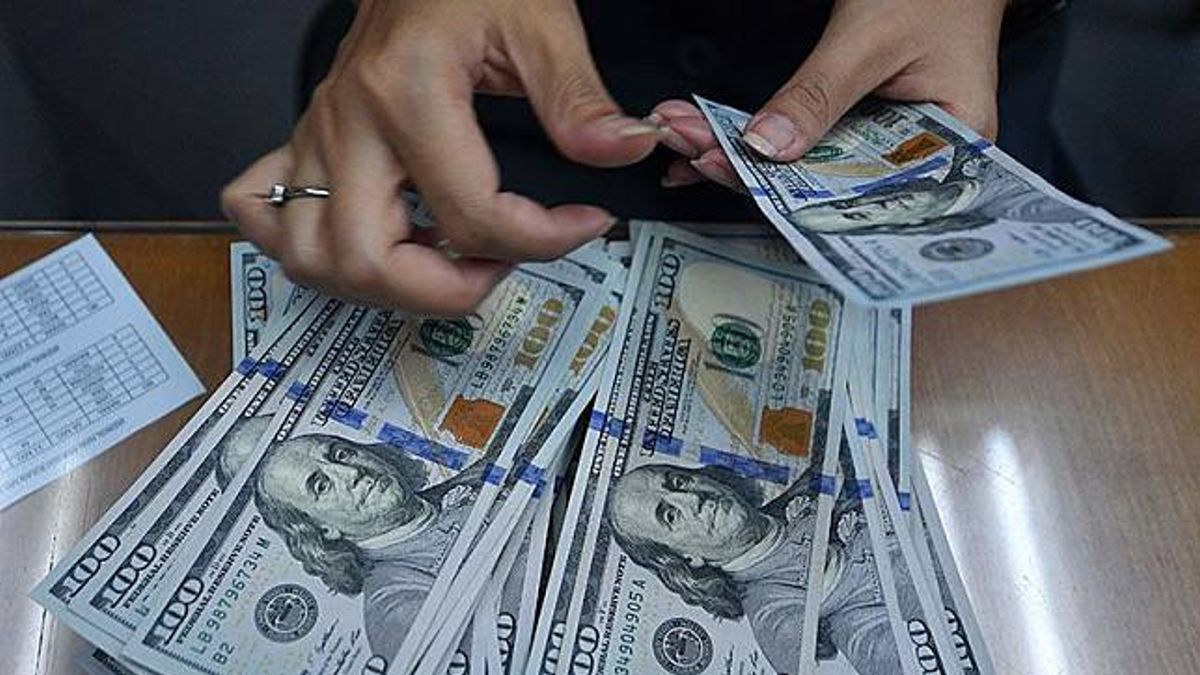JAKARTA - Bank Indonesia (BI) reported that Indonesia's decline in its foreign debt (ULN) was US$4.4 billion in July 2022 from the previous US$403.6 billion in June 2022.
This shows that entering the second semester of this year, there was an external debt injection of US$3.2 billion or equivalent to Rp47.3 trillion (exchange rate of the 2023 State Budget Bill of Rp14,800).
Head of the BI Communications Department Erwin Haryono said the decline was due to reduced public foreign debt (government and Bank Indonesia) as well as the private sector.
"On an annual basis, the position of external debt in July 2022 has contracted by 4.1 percent year on year (yoy), deeper than the contraction in the previous month which was 3.2 percent yoy," he said in a press statement today, Thursday, September 15.
It was explained that the government's external debt position in July 2022 was US$185.6 billion, lower than the previous month's position of US$187.3 billion.
"The decline in the government's external debt occurred due to a shift in the placement of funds by non-resident investors in the domestic Government Securities (SBN) market in line with the high uncertainty in the global financial market," he said.
According to Erwin, the government remains committed to maintaining credibility by fulfilling the obligation to pay principal and interest on time and manage external debt carefully, credible, and accountable.
"The position of government foreign debt is relatively safe and under control when viewed from the short-term refinancing side of risk, considering that almost all of them are in the long term with a share reaching 99.7 percent of the total," he asserted.
Meanwhile, the private sector was observed to continue the downward trend of external debt to US$185.6 billion from the previous US$18.3 billion.
Erwin said the development was caused by the contraction of external financial companies and non-financial corporate companies of 2.0 percent and 0.9 percent, respectively, mainly due to net debt payments.
Meanwhile, based on the sub-sector, the largest private external debt comes from financial and insurance services, electricity procurement, processing industry, and the mining and excavation sector with a share of 77.3 percent of the total.
"The external debt remains dominated by a long-term period with a share reaching 74.7 percent," he added.
Erwin also emphasized that the structure of Indonesia's external debt remains healthy, supported by the application of prudential principles in its management.
"The role of external debt will also continue to be optimized in supporting development financing and encouraging national economic recovery, by minimizing risks that can affect economic stability," concluded Head of the BI Communications Department Erwin Haryono.
The English, Chinese, Japanese, Arabic, and French versions are automatically generated by the AI. So there may still be inaccuracies in translating, please always see Indonesian as our main language. (system supported by DigitalSiber.id)













